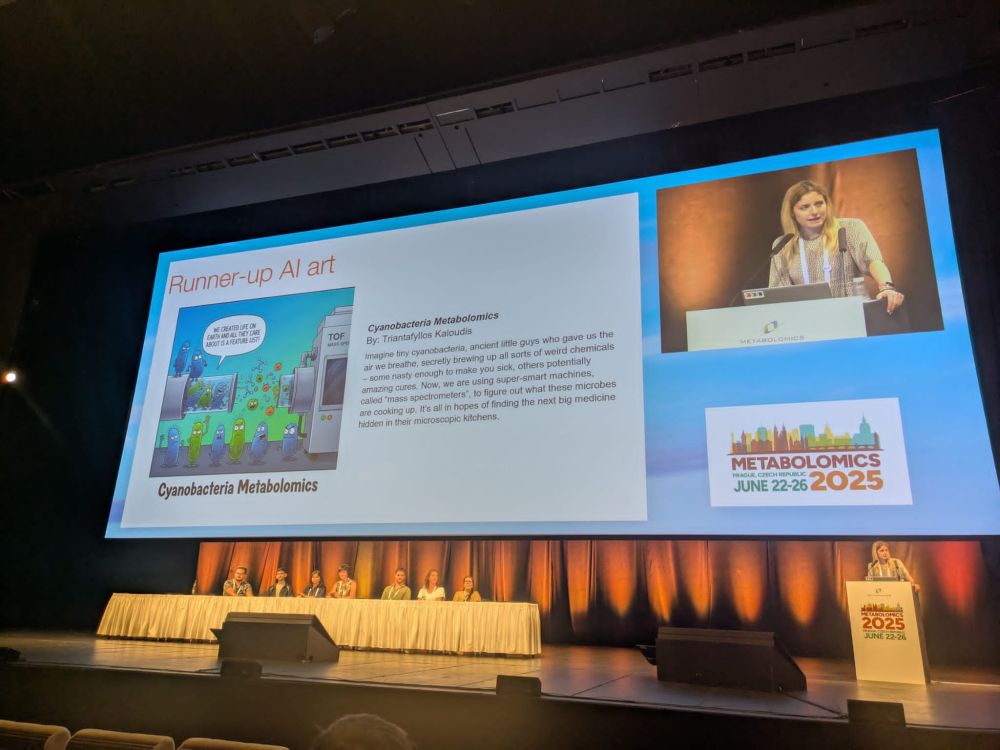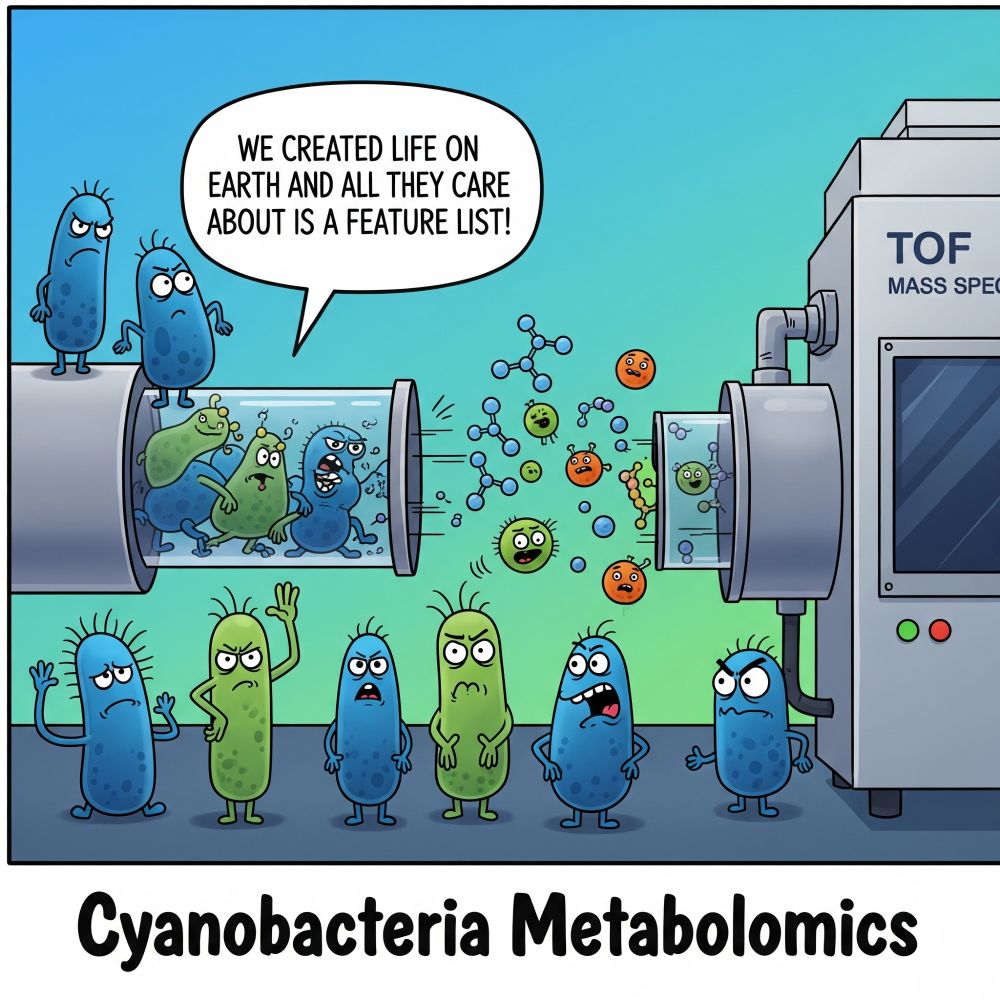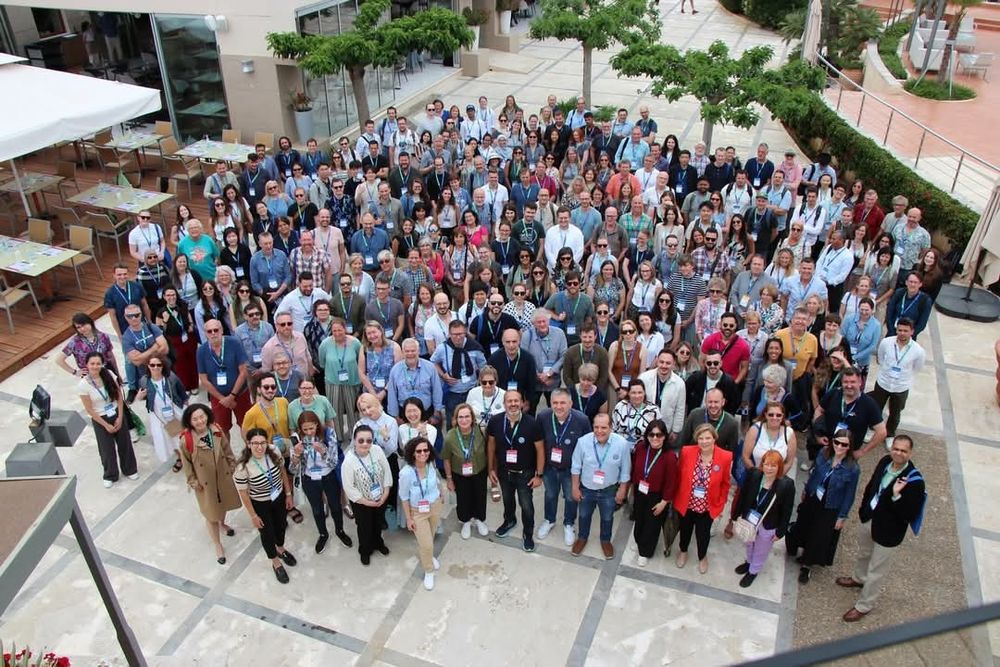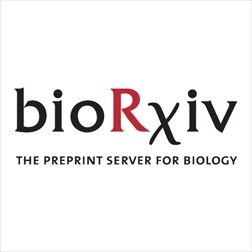
Professor of Microbiology at University of Potsdam, Cyanobacteria, Natural Products, Toxic Blooms and Microbial Interactions. Views are my own.
Reposted by Elke Dittmann
We have an opening for a junior group leader position in „Phage Biology & Biotechnology“.
www.fz-juelich.de/de/karriere/...
Interested candidates are encouraged to contact me via email for further details.
@spp2330.bsky.social; @mibinet.bsky.social
Reposted by Elke Dittmann

✏️Registration is now open - benefit from early bird fees🏃♀️!
📝 Submit your abstract &
🎓 Apply for student travel grants until
🗓️ 7 November 2025.
All details & more info 👉https://t1p.de/zazfv
Reposted by Elke Dittmann

pubs.acs.org/doi/10.1021/...
Reposted by Elke Dittmann

We are delighted and grateful to see our recent work highlighted on the #American_Peptide_Society website.
americanpeptidesociety.org/aps-news/pot...
We are delighted and grateful to see our recent work highlighted on the #American_Peptide_Society website.
americanpeptidesociety.org/aps-news/pot...

Reposted by Elke Dittmann

Reposted by Elke Dittmann


Title: #Cyanobacteria Metabolomics
Big thanks to @emn-metsoc.bsky.social
#MetaboArt #Metabolomics2025 #MetSoc25
Reposted by Elke Dittmann

Reposted by Elke Dittmann

Reposted by Elke Dittmann

www.nature.com/articles/s41...
Reposted by Elke Dittmann

Reposted by Elke Dittmann

Reposted by Elke Dittmann

Reposted by Elke Dittmann

Are you skilled in microfluidics and fluorescence microscopy in biological contexts? We're seeking a postdoctoral researcher to delve into the spatio-temporal dynamics of carboxysomes . Join us in advancing the frontiers of microbial biology through innovative research!
pubs.acs.org/doi/10.1021/...

Reposted by Elke Dittmann

Reposted by Elke Dittmann

www.science.org/doi/10.1126/...
Reposted by Elke Dittmann

Very proud of this work. Check it out now on biorxiv!
doi.org/10.1101/2025...

We are pleased to share our new paper in which we have investigated the role of microcystin in a synthetic community of Microcystis and phycosphere bacteria.
#ISMEcomms
#cyanobacteria
academic.oup.com/ismecommun/a...
Reposted by Elke Dittmann

Reposted by Elke Dittmann

Excited to share that our latest review on glycopeptide antibiotic biosynthesis has been published! This article is written with non-experts in mind, providing an accessible overview of the biosynthesis of these fascinating natural products. www.sciencedirect.com/science/arti...
#NatProd #SecMet
Reposted by Elke Dittmann

@niedermeyer-lab.bsky.social
doi.org/10.1021/acs....
Reposted by Laurence Carvalho, Elke Dittmann
Abstract submissions 20 Dec 2024.
Follow us to get updates about #ICTC13.
www.ictc13.gr
#cyanotoxins #water #lake #teammassspec #ecology #waterquality #sequencing #multiomics #metabolomics #genomics
Reposted by Elke Dittmann
Reposted by Elke Dittmann

